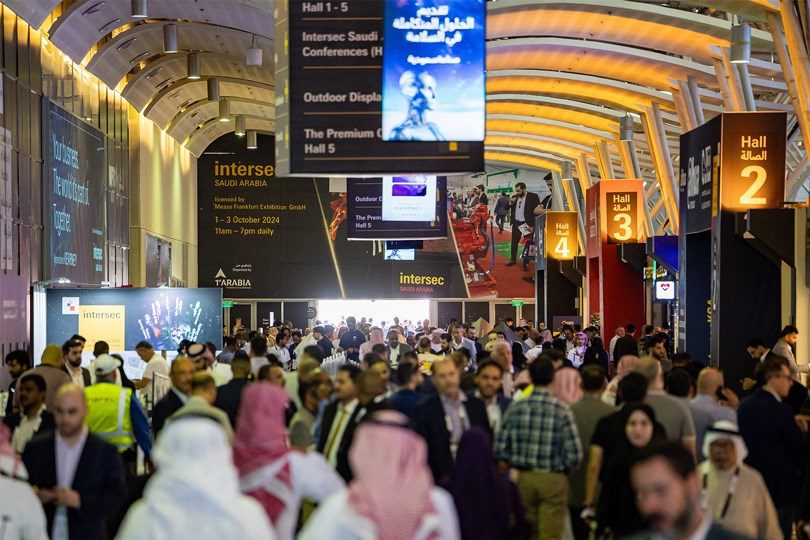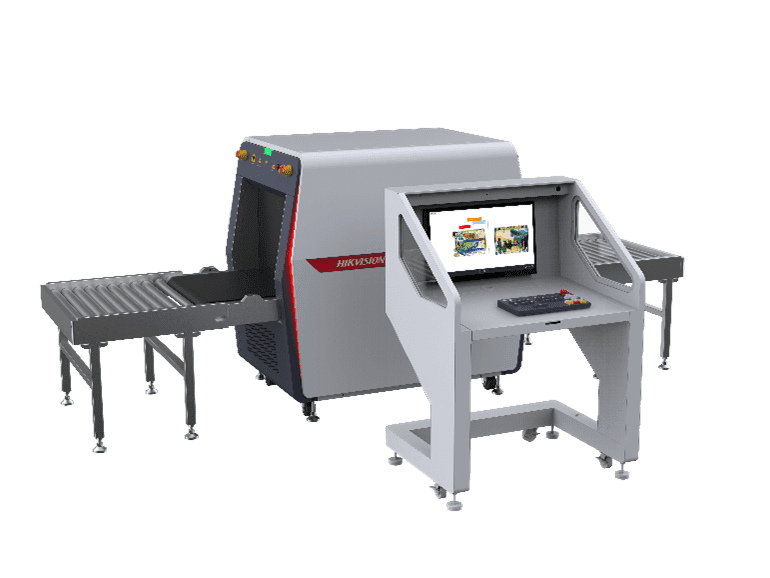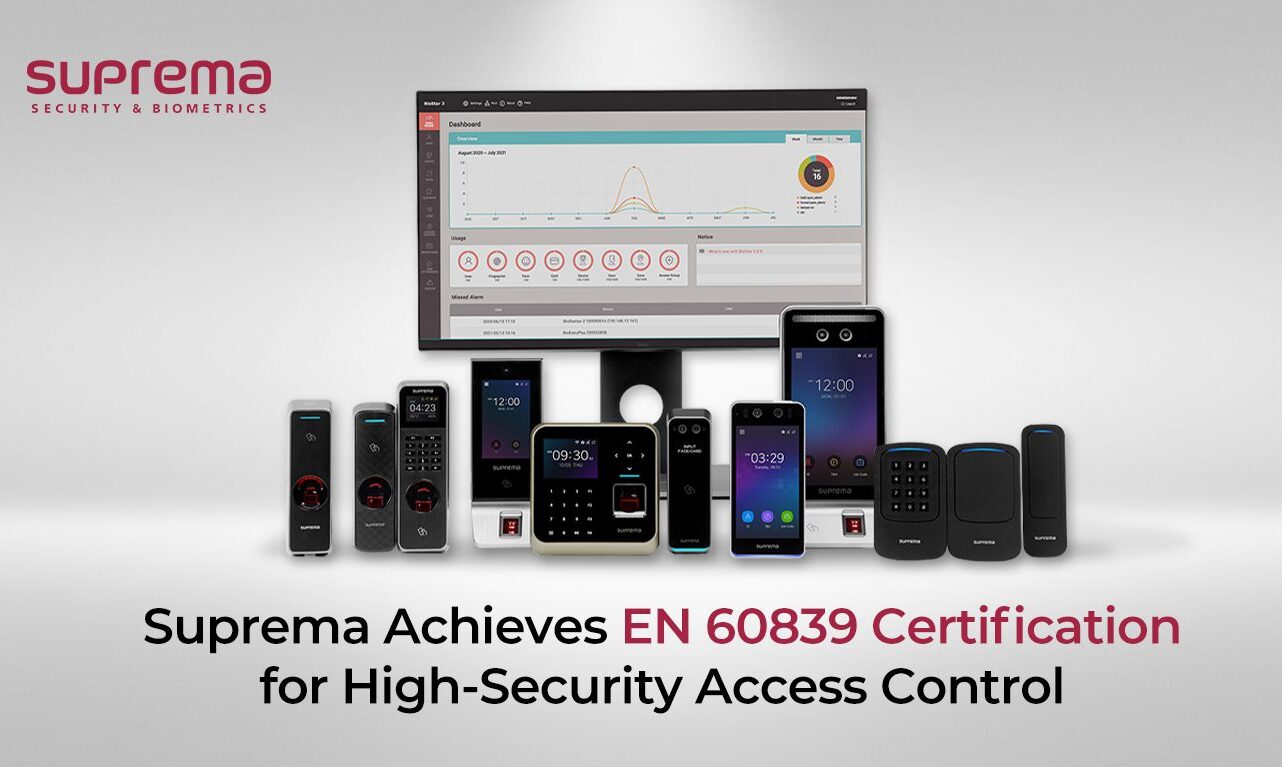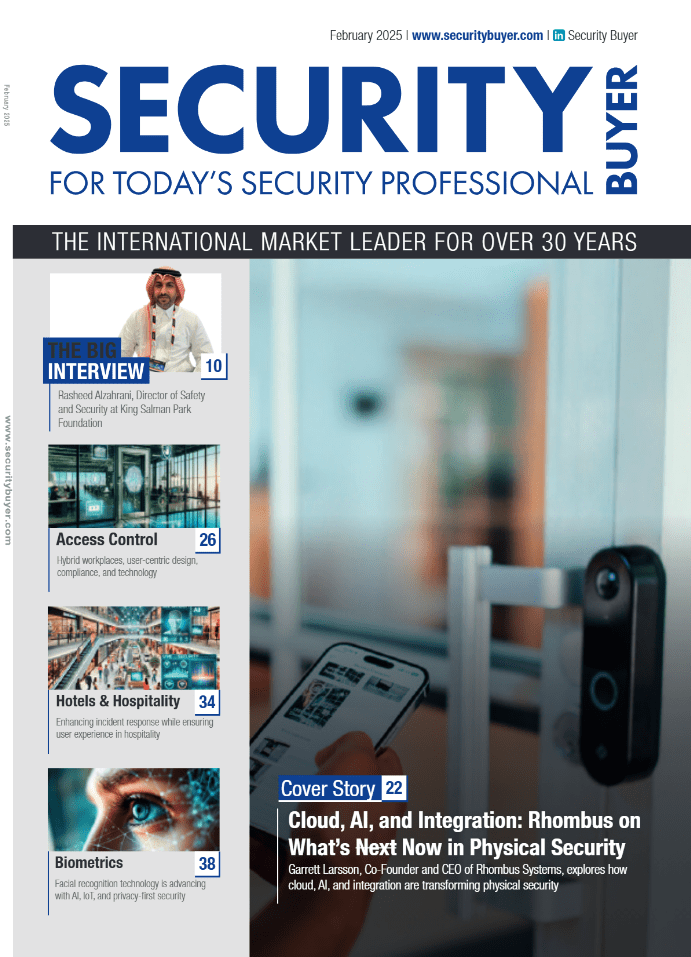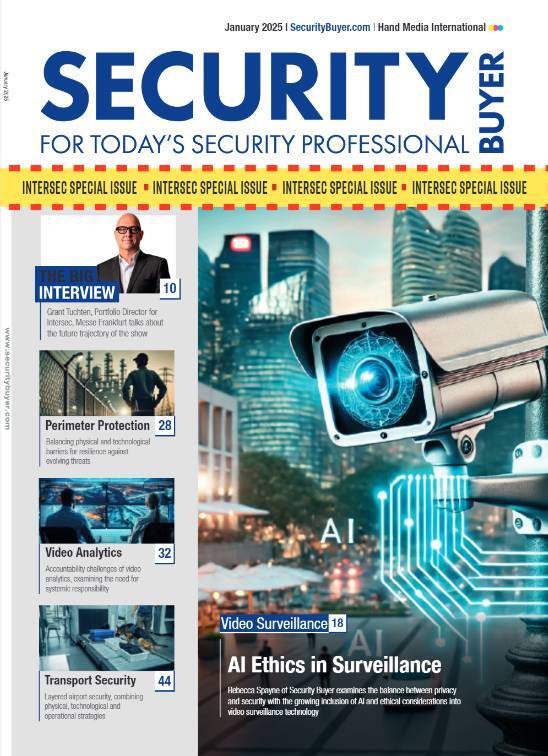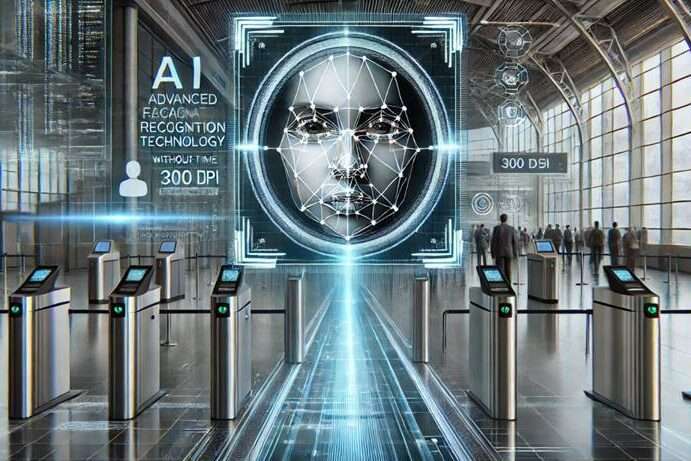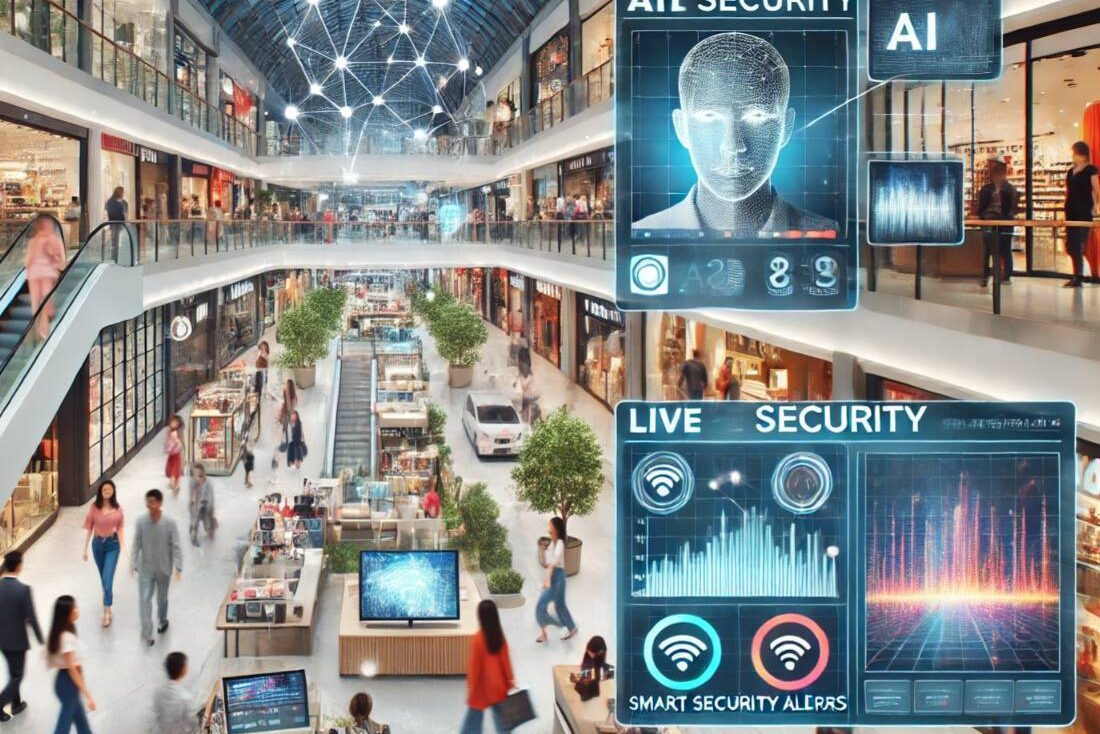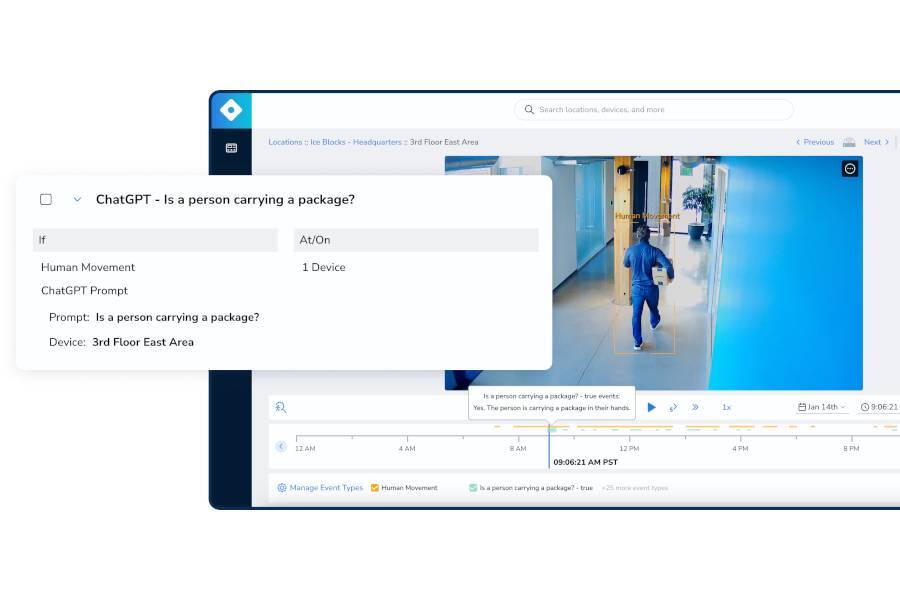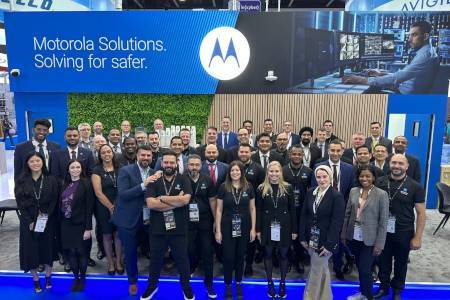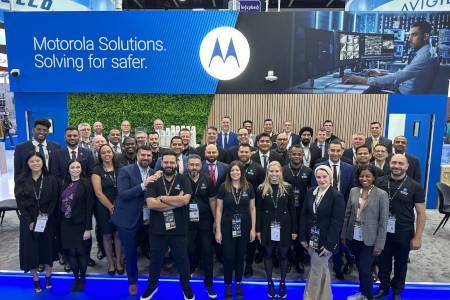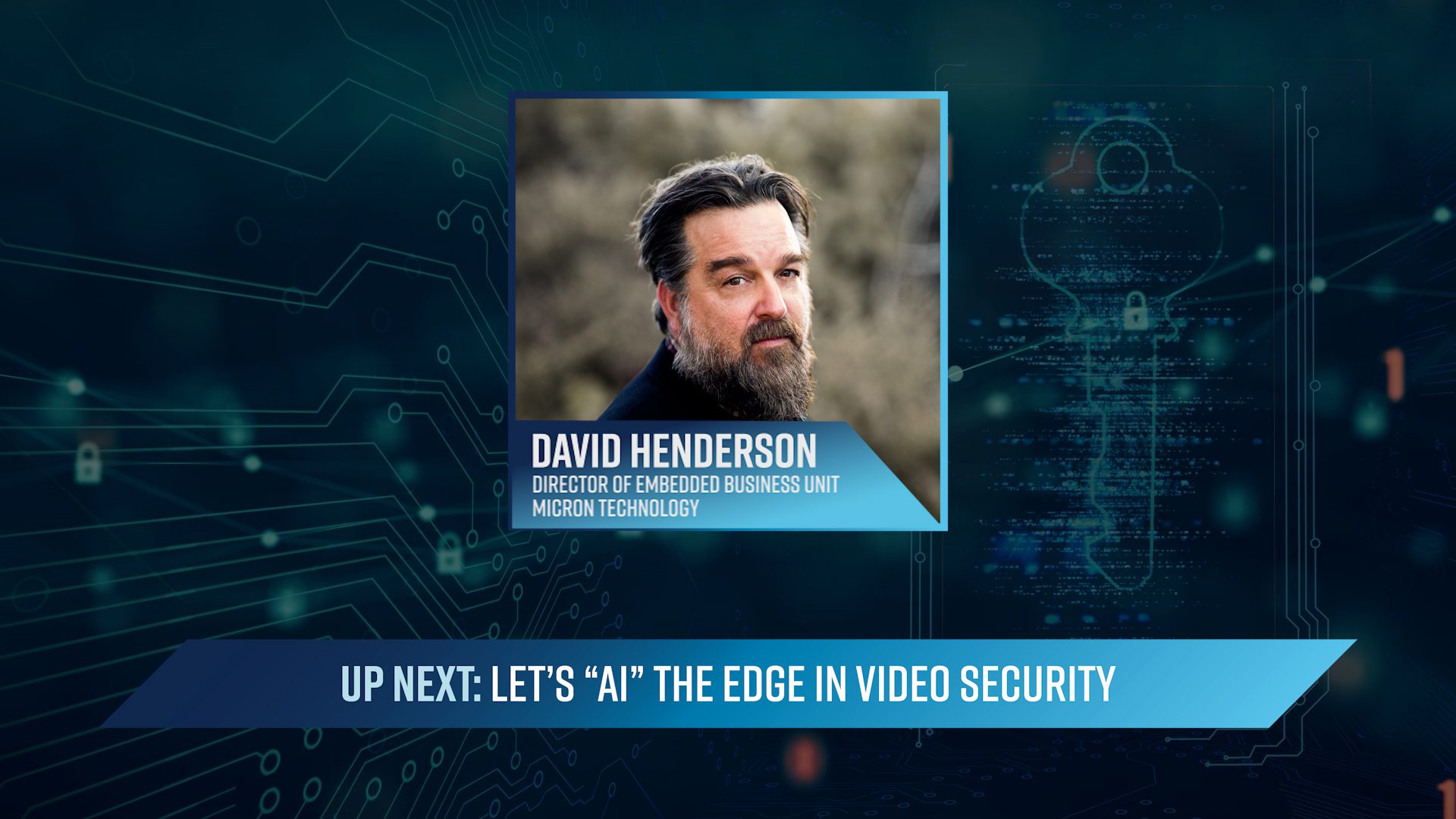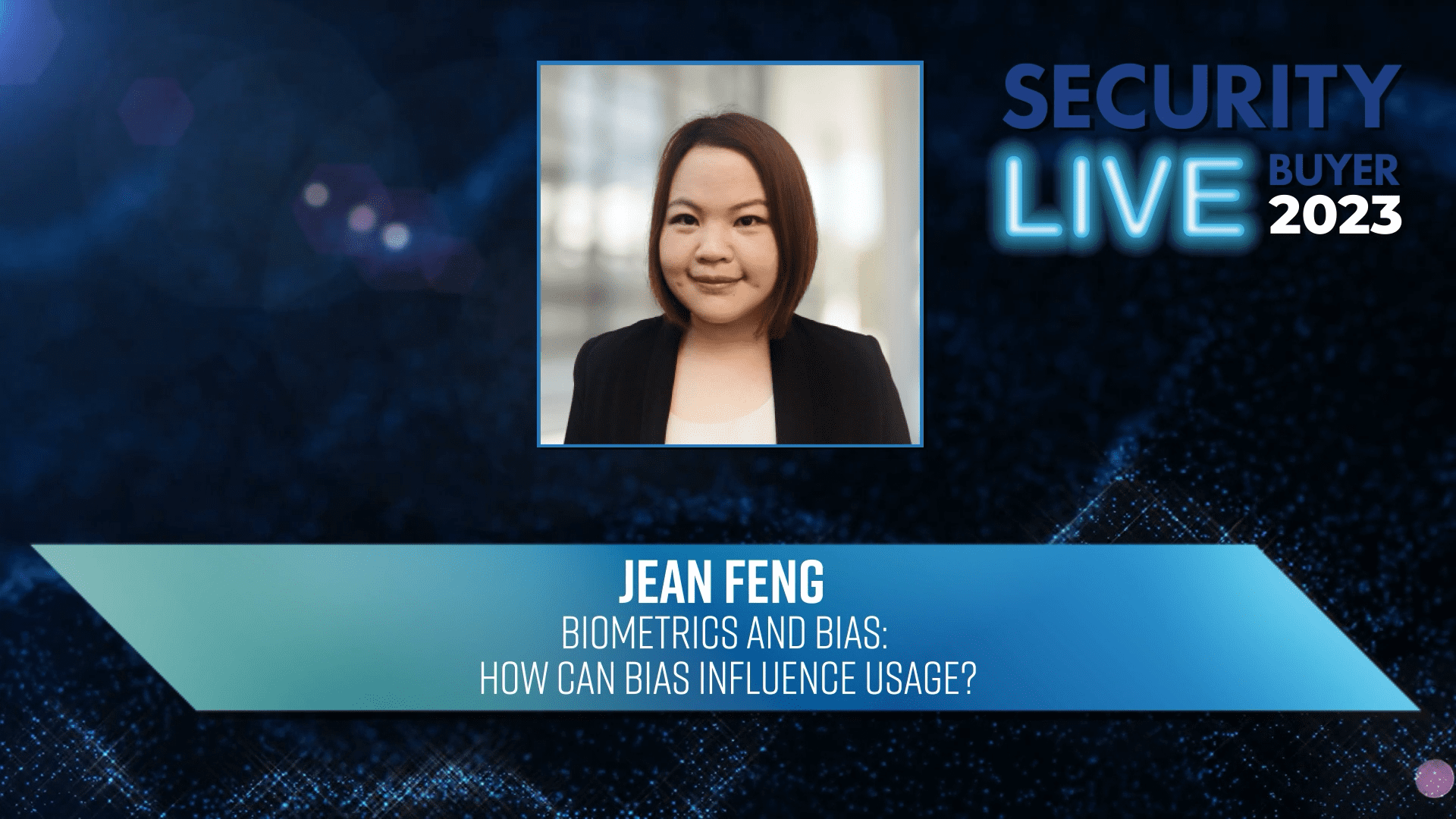Home » Hospitality
Hospitality
Stay ahead of the curve with real-time updates, expert insights, and breaking news from the global security industry. At Security Buyer, we bring you in-depth coverage on the latest trends, innovations, and developments shaping the world of physical, cyber, and operational security.
Check back regularly for the latest updates, and be sure to become a Security Buyer member to get access to our newsletters, videos and latest issues giving you direct access to top security stories as they happen.

What it takes to protect the Desert
Access Control, banking, Command Centre, critical infrastructure, Desert, Gallagher, Gallagher Security, Hospitality, Middle east
The land of endless possibilities; Khodor Habbouche, MENA Sales Manager for Gallagher Security explores the unique security challenges…
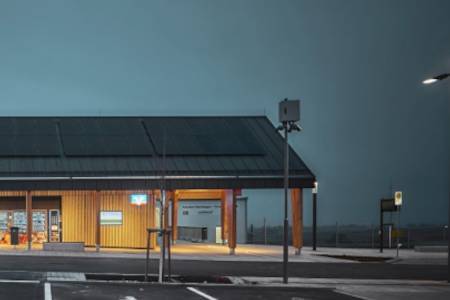
Merklingen train station: World’s largest electric vehicle charging park
corporate, electric vehicles, Germany, hanwa vision, Hospitality, public safety, Surveillance, transportation, video security, video surveillance
Merklingen train station boasts the world’s largest electric vehicle charging park with 259 charging points and locally generated solar power

